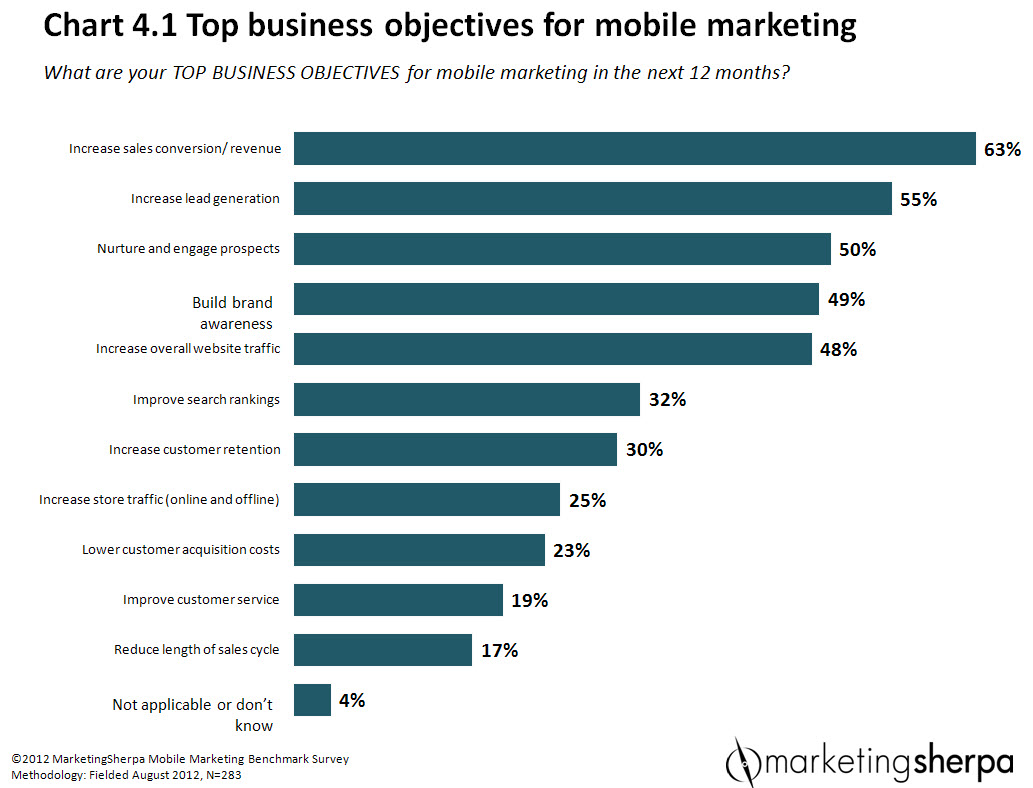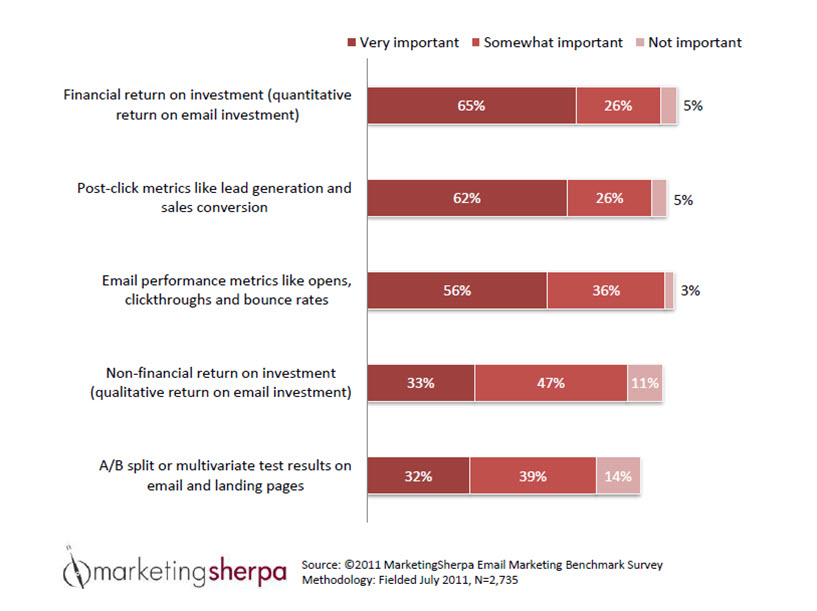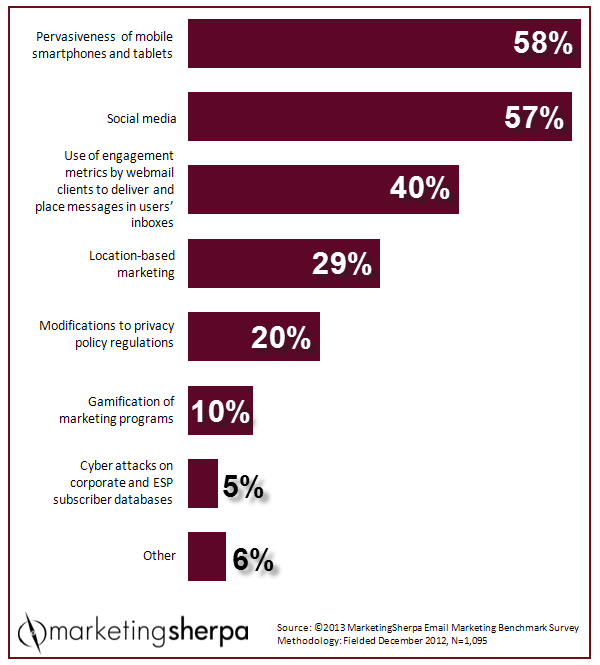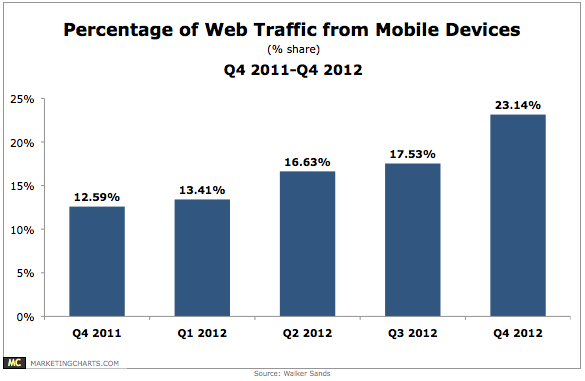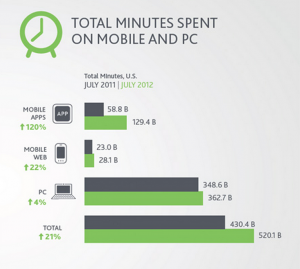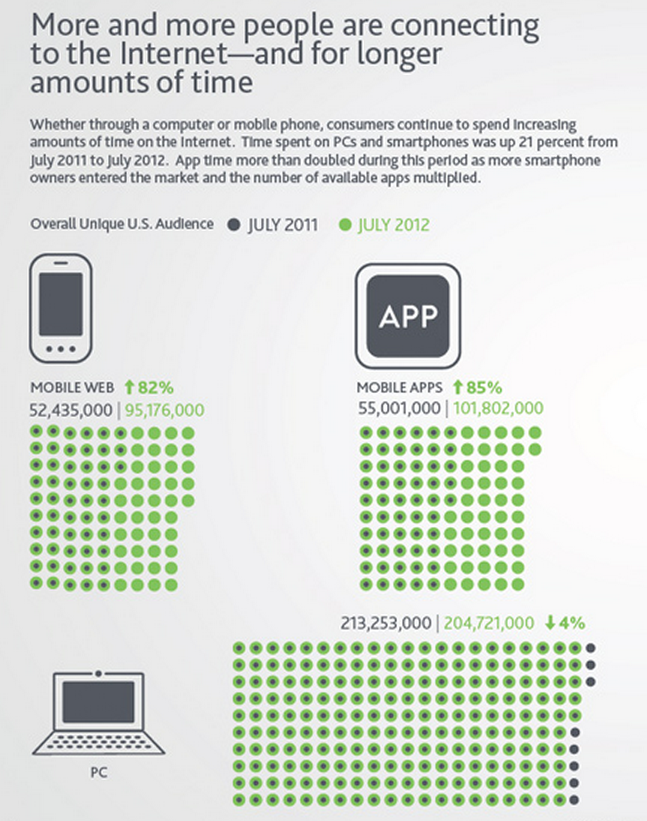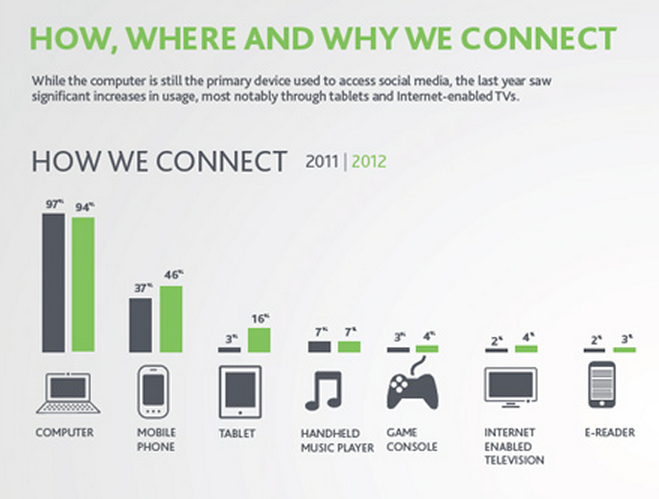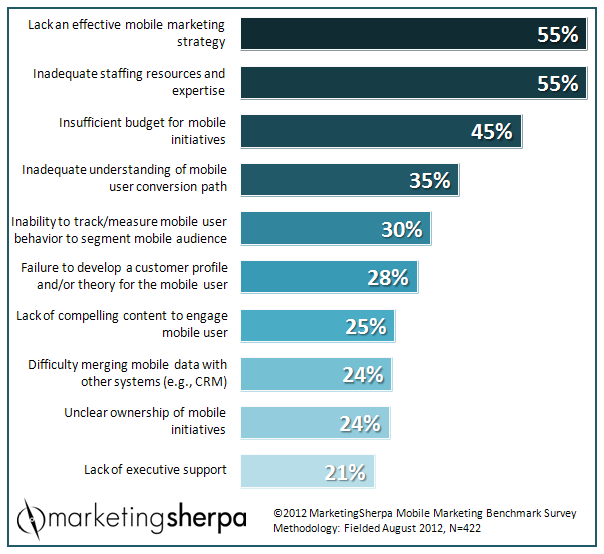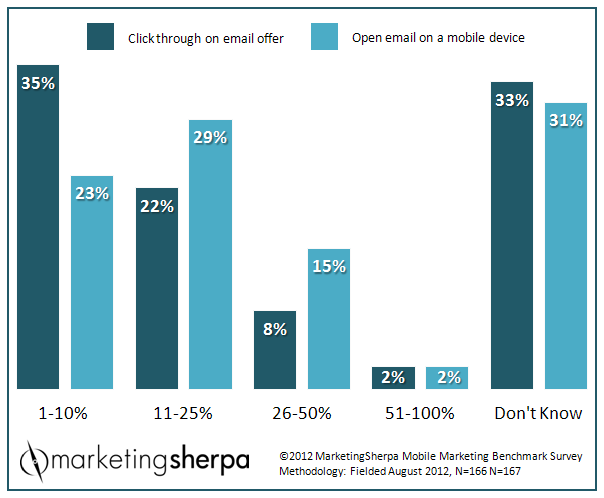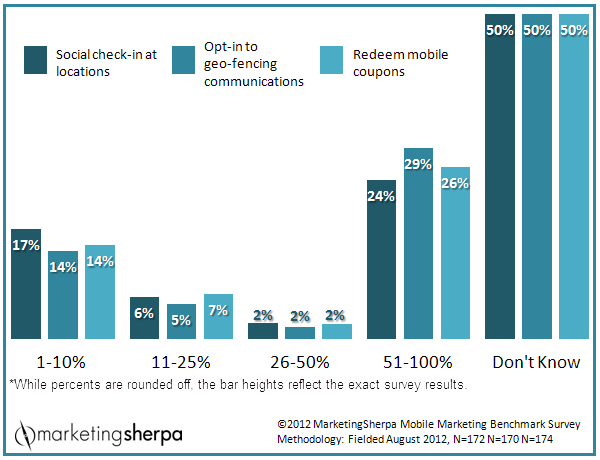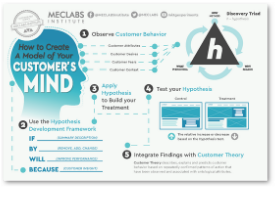Blogging can be a very effective element of your marketing mix. For example, an online retailer realized a 172% ROI from its blog.

Of course, as with any marketing tactic, just having a blog is not enough. So, if your blog is underperforming, or you haven’t yet begun to invest in this content channel, perhaps it’s time for a tune-up.
Inspired by the come-ons from the local oil and lube joints for “160-point winter readiness car inspections,” here is an eight-point analysis you can conduct to identify areas for improvement – and we all have them, the MarketingSherpa blog is no exception – on your blog.
Point #1: Posting frequency
On many blogs, the frequency and cadence of the blog posts is sporadic. You might see a blog post on Wednesday, then one on Friday, then no posts for a week, then two on Thursday.
An element of effective content is consistency. Let the journalists of the world be your guide here. For example, I have a weekend subscription to my local newspaper, The Florida Times-Union. Every Saturday and Sunday, a newspaper waits for me on my driveway.
If I were to stumble out of my house one Sunday morning – Tony Soprano-style – to find no newspaper waiting, well, I’d start to question the quality of the newspaper. If it just happened once, I would probably not think too big a deal of it. But, if the newspaper was no longer reliably on my driveway on the weekend, I would start to question the reliability of the information in it.
The same goes for your blog.
That said, you have a tough challenge to face as a content marketer, because you can’t sacrifice the quality of your content for a reliable cadence.
To serve both masters – content quality and reliability – you need to set up an editorial calendar you know you can consistently over-deliver on and build up a queue of content. In other words, if you’re writing your blog posts the same day they are posted, then you have a problem. For example, I’m writing this post on February 15.
That queue will wax and wane in size as you become busy with other duties, but it is your insurance and buffer against missing a scheduled deadline. You can still add some real-time posts to take advantage of general news or changes in your industry. Just make sure you have plenty of high-quality, evergreen posts in your queue to comfortably meet every date you are promising to your readers.
Point #2: Content value
“We know you have a choice of airlines when you fly, and we want to thank you for flying with us.”
While this has become less true of the airline industry after the American Airlines and US Airways merger, it is more true every day in the blogosphere, especially in hyper-competitive industries that have a lot of quality content marketing such as information technology and marketing.
Sure, you could publish only self-promotional posts. But why would anyone read them? Or share them?
When writing every post, you must ask yourself the central value proposition question – If I am a [particular prospect, e.g., IT manager], why should I [read this blog post] rather than [get information from any other source, anything from an industry magazine to a competitor’s blog]?
The end results of every blog post must be to serve your audience. So, focus on value as your top objective – it is more important than length, promotions or frequency.
Read more…



